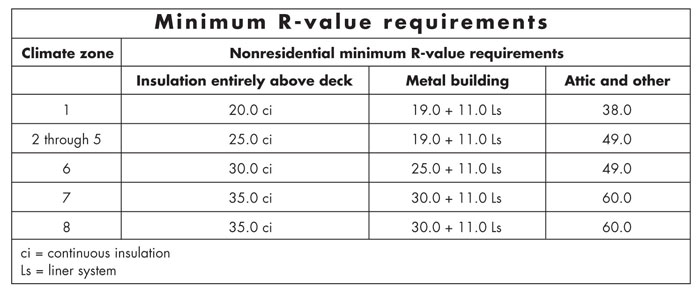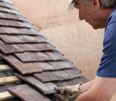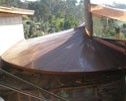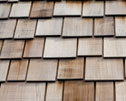In January, the American Society of Heating, Refrigerating and Air-Conditioning Engineers (ASHRAE) Inc. published ASHRAE 189.1, "Standard for the Design of High-Performance Green Buildings." The standard provides minimum guidelines for high-performance green buildings' siting, design, construction and plan for operation. These guidelines contain some roofing-specific guidelines with which you should be familiar.
Format
ASHRAE 189.1 is arranged into seven sections addressing requirements for site sustainability; water use efficiency; energy efficiency; indoor air quality; buildings' effects on the atmosphere, materials and resources; and construction and plans for operation.
Within each of these sections are mandatory requirements and specific additional requirements that can be achieved by either a prescriptive or performance option.
Roof specifics
By its prescriptive option for energy efficiency, ASHRAE 189.1 requires insulation amounts greater than those currently required by most energy codes. The figure provides ASHRAE 189.1's minimum R-value requirements for nonresidential roof assemblies.

ASHRAE 189.1's prescriptive method's minimum R-value requirements for nonresidential construction
As a mandatory requirement, a continuous air barrier is required to be included as a building envelope component, including for roof assemblies. For additional information about ASHRAE 189.1's air barrier requirements, see "Guidelines for air barriers," June issue, page 28.
Mandatory site suitability requirements provide for mitigating heat island effects and require at least 75 percent of a building's roof have a highly reflective surface. The 75 percent figure takes into consideration any rooftop penetrations and equipment, renewable energy systems (such as photovoltaic systems), roof decks and vegetative roof systems. ASHRAE 189.1 considers a highly reflective roof surface as either complying with ENERGY STAR® or having an initial solar reflective index of 78 for roofs with slopes of 2:12 (9 degrees) or less and 29 for roofs with slopes greater than 2:12 (9 degrees).
Also, as a mandatory water use efficiency requirement, ASHRAE 189.1 stipulates the use of potable water for irrigating vegetative roof systems is prohibited once plants have been established. ASHRAE 189.1 states landscape establishment is a period of time beginning on the date of completion of permanent plants and not exceeding 18 months.
Its use
Although another ASHRAE standard, ASHRAE 90.1, "Energy Standard for Buildings Except Low-Rise Residential Buildings," applies to most buildings and is incorporated by reference into most energy codes, ASHRAE intends ASHRAE 189.1 be used for above-code, high-performance green buildings.
Because of ASHRAE 189.1's higher level requirements, including its requirement for a continuous air barrier in roof assemblies, you should be aware of this new standard and where it may be implemented.
ASHRAE 189.1 is available by calling ASHRAE at (404) 636-8400 or accessing www.ashrae.org.
Mark S. Graham is NRCA's associate executive director of technical services.



